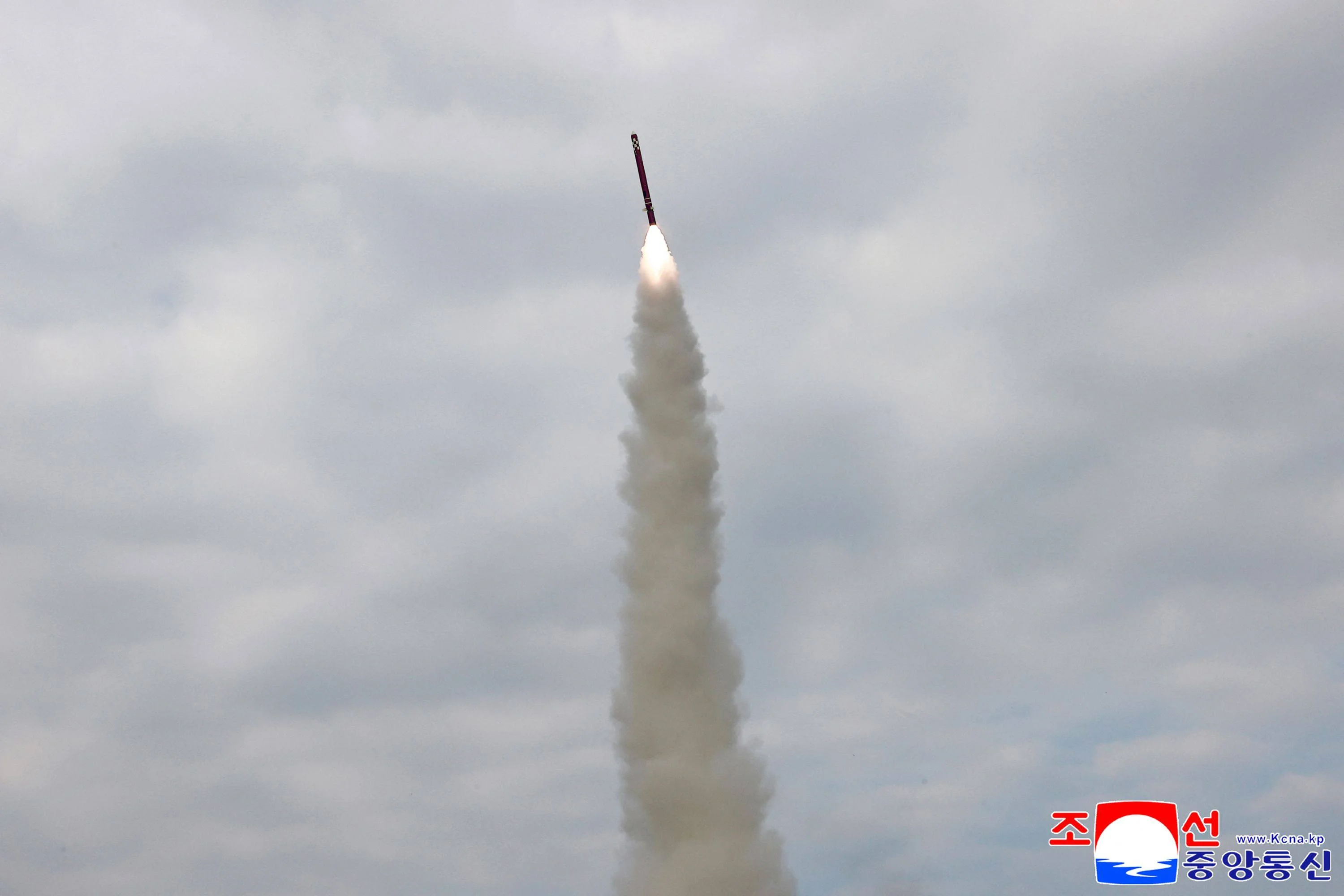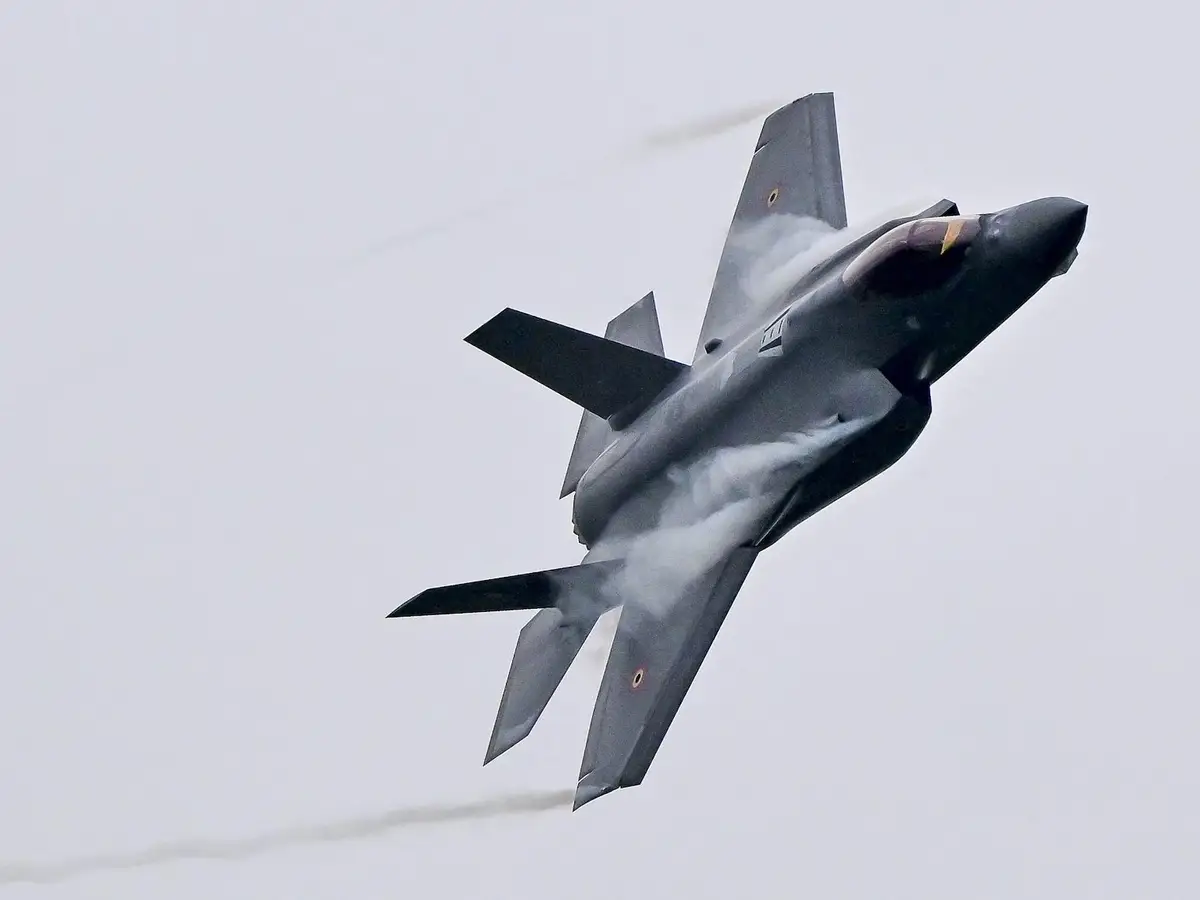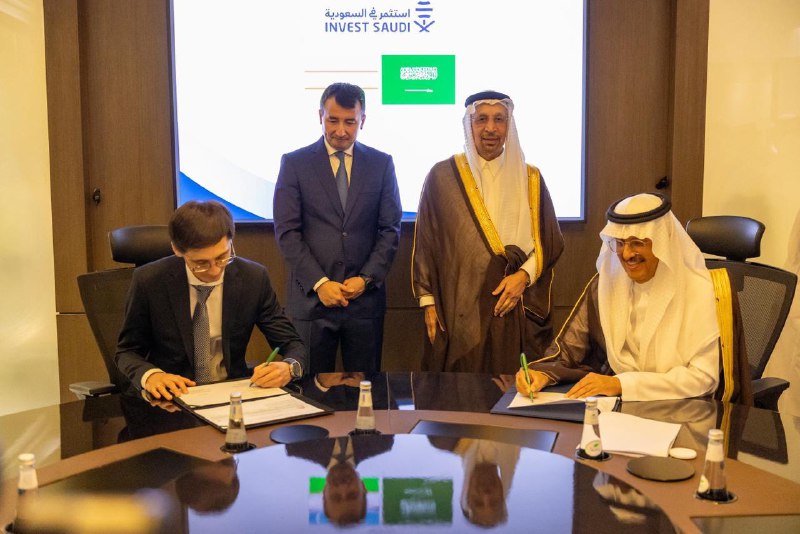Copyright scmp

Mere hours before US President Donald Trump arrived in South Korea for this week’s Apec summit, Pyongyang launched a salvo of ship-based cruise missiles in an act analysts viewed as a calculated bid to reinforce its nuclear credentials. The missiles, described by North Korean state media as enhanced models optimised for ship-based launches, were fired vertically on Tuesday, reportedly soaring for about 7,800 seconds – more than two hours – before striking their land-based target. Pyongyang claims its arsenal is capable of carrying nuclear warheads. Notably absent from the test was supreme leader Kim Jong-un and the launch went unreported by the official Workers’ Party newspaper Rodong Sinmun. Instead, senior military officials including Pak Jong-chon, vice-chairman of the Central Military Commission, oversaw proceedings. Trump was due to arrive in the South Korean city of Gyeongju on Wednesday to join other heads of state and business leaders attending the Asia-Pacific Economic Cooperation forum, including Chinese President Xi Jinping. Asked on Wednesday about the launch, Trump brushed off concerns, reportedly saying of Kim: “He’s been launching missiles for decades, right?” He told reporters aboard Air Force One that he expected to hold a meeting with the North Korean leader “at some point in the not too distant future”, reiterating that the pair “had a really good understanding of each other”. Speculation about a fourth Trump-Kim summit taking place while the US president is in the region has so far proved unfounded. ‘Nuclear combat posture’ Days earlier, North Korea claimed to have successfully tested two hypersonic projectiles, touting them as “cutting-edge” weapons intended to strengthen its deterrence capabilities. These recent tests, alongside the development of underwater nuclear-capable drones and new satellite systems, form part of what observers describe as a meticulous campaign to strengthen Pyongyang’s negotiating position in any future talks with the US and reinforce the message that denuclearisation is a non-starter. Tuesday’s launch aimed to “test the reliability of different strategic offensive means and impress their abilities upon the enemies” as part of Pyongyang’s push to “ceaselessly toughen the nuclear combat posture”, said defence official Pak, as cited by the state-run Korean Central News Agency. Pak also reviewed training exercises aboard the regime’s new 5,000-tonne destroyers, the Choe Hyon and Kang Kon, state media reported. North Korea’s military has been reacting sensitively to regional events Yang Moo-jin, University of North Korean Studies The timing of the launch “shows the North’s intent to assert its presence as a nuclear power”, Yang Moo-jin, a professor at the University of North Korean Studies, told This Week in Asia. It came as Trump hosted Japan’s new Prime Minister Sanae Takaichi aboard the USS George Washington, a nuclear-powered aircraft carrier of the sort Pyongyang could have been showing its ability to target with Tuesday’s launch, Yang said. He added that the launch might have been designed to compel the US to reconsider its joint drills with South Korea and acknowledge Pyongyang’s de facto nuclear status. “North Korea’s military has been reacting sensitively to regional events, maintaining high alert to project its presence,” Yang said. On Tuesday, Trump appeared to dangle the prospect of sanctions relief as an incentive for further talks with Kim. “Well, we have sanctions,” he told reporters when asked about possible discussion points. “That’s pretty big to start off with. I’d say that’s about as big as you get,” Trump added. “I’d love to meet him.” Yang suggested that Kim might agree to a symbolic, high-profile encounter akin to the two leaders’ last impromptu meeting in 2019 at the demilitarised zone separating the two Koreas. But Tuesday’s launch made any such summit unlikely, according to Cho Han-bum, a senior fellow at the Korea Institute for National Unification. The decision to test fire a cruise missile, which is not explicitly banned under UN sanctions, and the choice of a ship-to-land trajectory appeared intended to avoid excessively provoking the US or China, he added. Kim Yeol-soo, a senior researcher at the Korea Institute for Military Affairs, identified the missiles as likely being the Bulhwasal-3-31 (“Fire Arrow 3-31”), which North Korea claims can deliver a 10-kiloton nuclear warhead. “The North may believe this test could make Trump even more eager to meet Kim, even by paying a higher price,” he said. A senior US defence official, speaking anonymously, told Yonhap news agency there was no evidence Pyongyang had mastered hypersonic weapons technology. However, he acknowledged that the regime was making progress in developing intercontinental ballistic missile re-entry technology, which is essential for ensuring a warhead survives the intense heat of atmospheric re-entry. Additional reporting by Associated Press, Reuters



